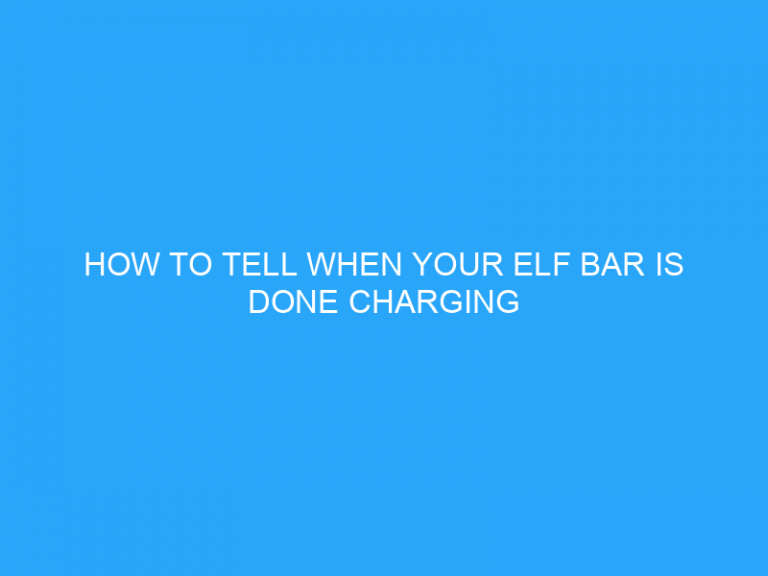In the world of business, the customer is always right. But, when the customer becomes too demanding of your time, how do you tell them you’re busy and manage your own boundaries? It can be tricky to navigate, but there are ways to set limits and remain professional.
How to Tell a Client You’re Busy
The key to telling a client you’re busy is to always remain professional while setting firm boundaries. Here are some tips to help you do that.
Be Honest and Upfront
When a client asks you to do something, be honest and upfront about your current workload and time commitment. Explain that you’re currently working on other projects and can’t take on any more. If you can’t do the work, say no. Be sure to offer alternative solutions.
Manage Expectations
If you are able to take on the work, it’s important to manage expectations. Let the client know when you can start the project, how long it will take to complete, and any other details that will help them understand the process. If a client is expecting work to be done quickly, always let them know the timeline in advance.
Set Reasonable Deadlines
When setting deadlines, be sure to set reasonable ones. You don’t want to over-promise and under-deliver. Let the client know what you can realistically do and give yourself enough time to complete the project.
Create a Schedule
Creating a schedule can help you stay on track with your commitments. When a client asks for something, take the time to map out your workload and make sure you can fit it in. This will help give you clarity and ensure you don’t take on too much.
Frequently Asked Questions about How to Tell a Client You’re Busy
How do you politely tell a client you are busy?
The best way to politely tell a client you’re busy is to be honest and upfront about your current workload. Let the client know you’re working on other projects and can’t take on any more. Always offer alternative solutions if you can’t do the work.
How do you say no to a client politely?
When saying no to a client politely, be honest and explain why you can’t take on the work. Offer alternative solutions if possible. Make sure to remain professional and courteous throughout the process.
How do you set boundaries with clients?
Setting boundaries with clients is important in order to maintain a professional relationship. Be honest and upfront about your workload, manage expectations, and set reasonable deadlines. Create a schedule to help you stay on track and ensure you don’t take on too much.
Conclusion
Telling a client you’re busy can be tricky, but it’s important to maintain professional boundaries. By being honest and upfront about your workload, managing expectations, and creating a schedule, you can ensure you don’t take on too much and remain respectful of the client.






